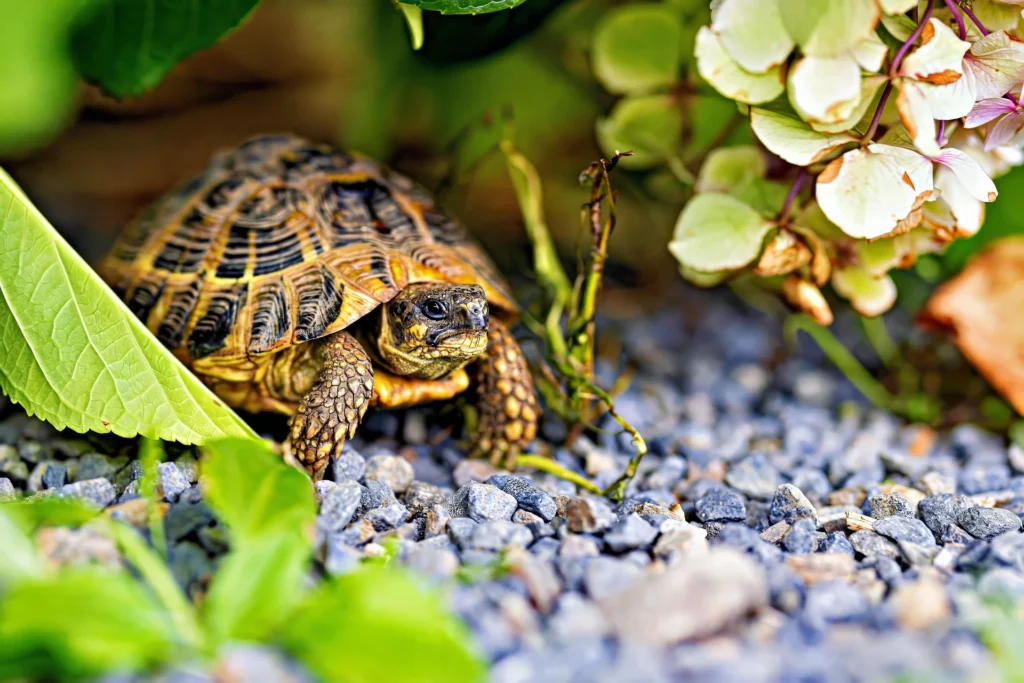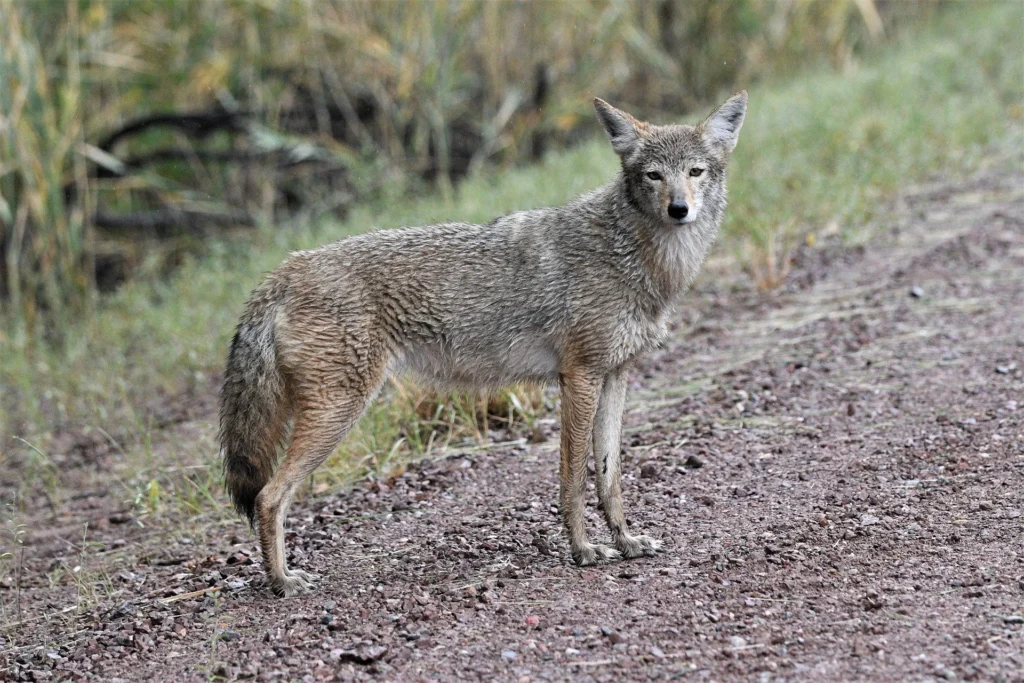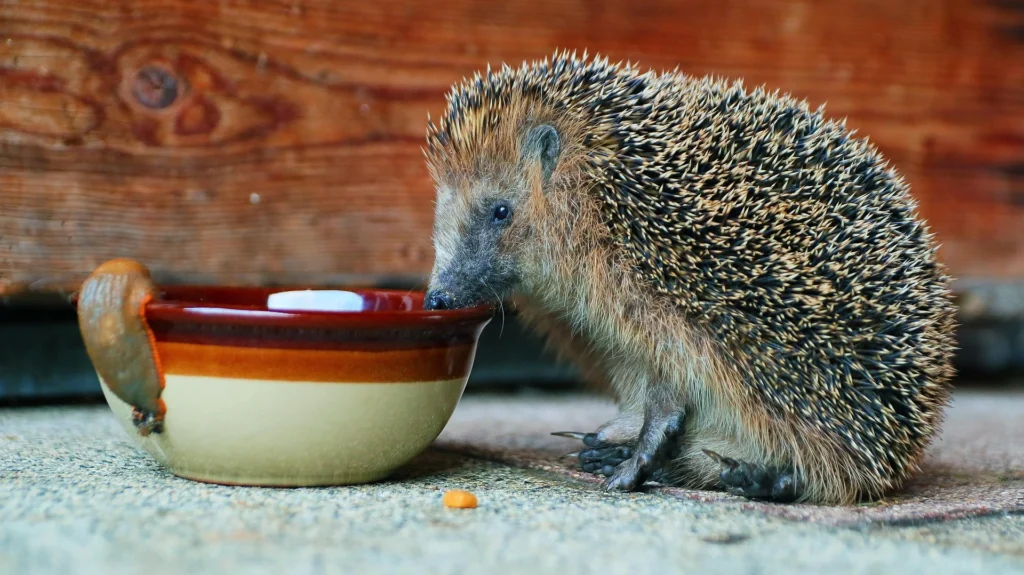Having a class pet can be a fantastic way to teach students about responsibility, empathy, and animal care. Whether you’re looking for the best classroom pets that are low maintenance or a cool class pet to engage your students, there are plenty of great options to choose from. But what is the best pet for school? Let’s explore the top 10 classroom pets that make learning more interactive and fun.
1. Fish – The Best Low Maintenance Classroom Pet
Fish are one of the easiest classroom pets to take care of. They require minimal maintenance and provide a calming presence in the classroom. Popular choices include bettas and goldfish, which need small tanks and simple feeding routines. They require regular water changes and a filtration system.
Price of a Fish and Care Costs
- Fish Price: Betta fish ($5-$20), Goldfish ($1-$30)
- Tank Setup: $20-$50
- Filtration System: $10-$50
- Monthly Maintenance Costs: $10-$20

Fish are a calm and visually pleasing pet for classrooms. A small aquarium can brighten up any room and provide a peaceful atmosphere. Betta fish, goldfish, or small tropical fish are ideal for classrooms because they don’t require too much attention, and they offer students the opportunity to learn about ecosystems, water quality, and animal care.
Why they’re great:
- Low maintenance
- Provide a calming and visually stimulating environment
- Teach students about ecosystems and environmental care
- Require minimal space
2. Hamsters – A Good Class Pet for Small Hands
Hamsters are cute, interactive, and relatively easy to care for. They are one of the best class pets for students who want to observe and gently interact with their furry friend. They need fresh food, water, and exercise wheels for stimulation.
Price of a Hamster and Care Costs
- Hamster Price: $10-$20
- Cage Cost: $30-$100
- Bedding and Accessories: $10-$20 per month
- Food and Care: $10-$20 per month
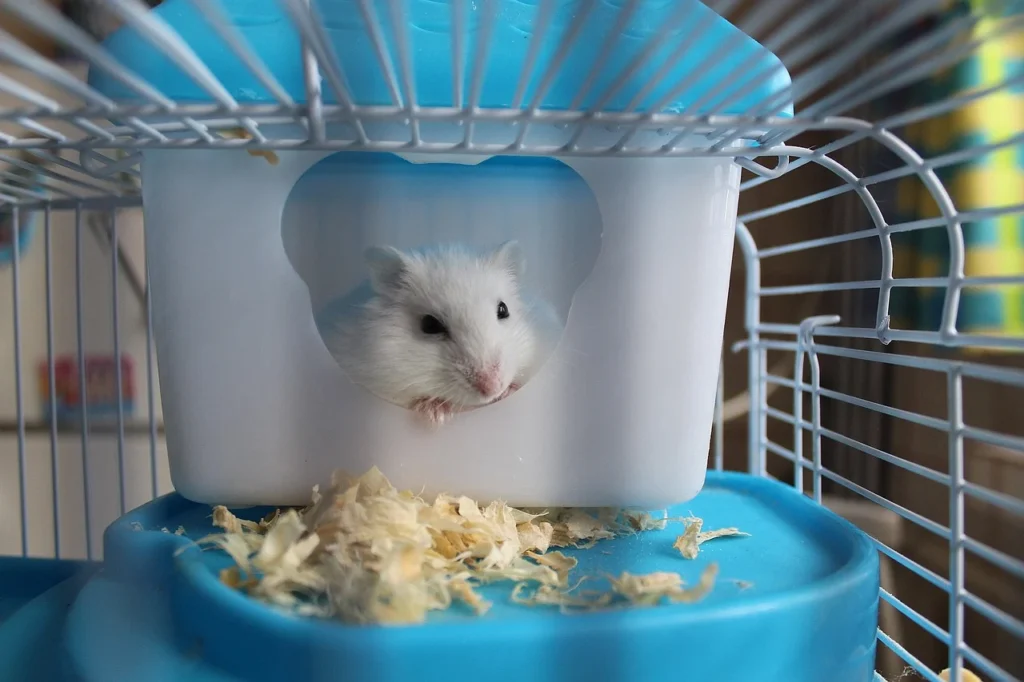
Hamsters are one of the most popular pets for classrooms. They are small, easy to care for, and do not require much space. Their cages can be kept in a corner of the room, making them ideal for small classrooms. Hamsters are nocturnal, so students can observe them in the morning or after school, which sparks curiosity about the animal’s behavior.
Why they’re great:
- Low maintenance
- Require minimal space
- Teach responsibility (feeding, cleaning, etc.)
- Fun to watch, especially when they run on a wheel
3. Guinea Pigs – The Perfect Friendly Companion
Guinea pigs are sociable and love being handled, making them good classroom pets for kids. They require a spacious cage, fresh vegetables, and regular cleaning, but their affectionate nature makes it all worth it.
Price of a Guinea Pig and Care Costs
- Guinea Pig Price: $20-$50
- Cage Setup: $50-$150
- Food and Bedding: $30 per month
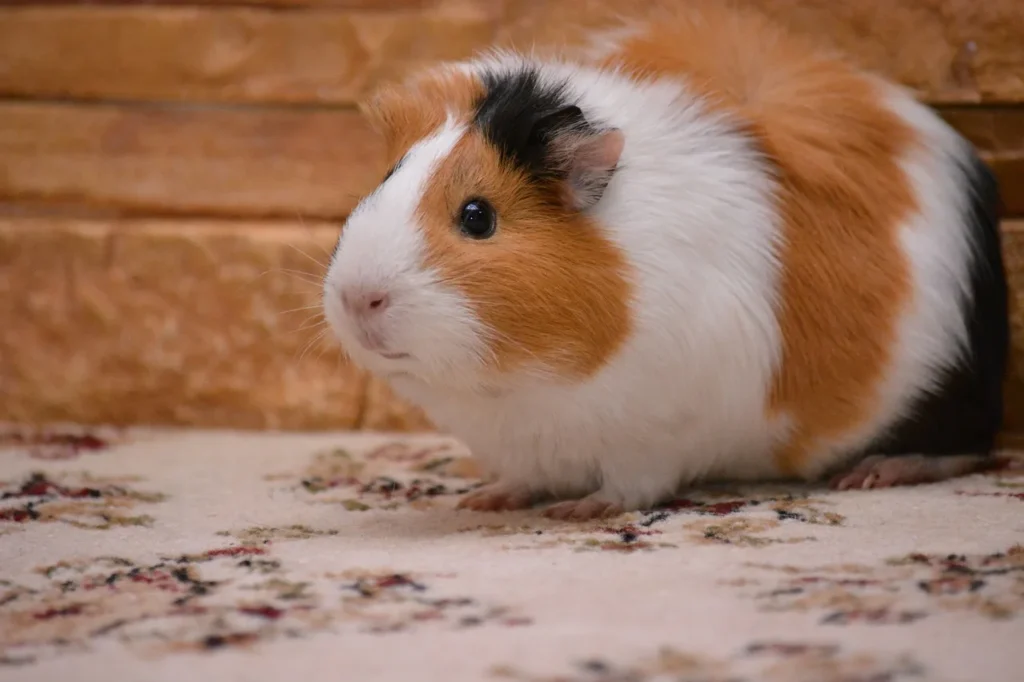
Guinea pigs are friendly, social animals that are easy to handle, making them great for a classroom setting. They enjoy interacting with people, which helps students build bonds with them. Guinea pigs are also gentle and tolerant, which makes them a good choice for younger children.
Why they’re great:
- Gentle and easy to handle
- Social and enjoy being around people
- Teach empathy and compassion
- Relatively easy to care for (though they do need regular cage cleaning)
4. Turtles – A Unique and Cool Class Pet
Turtles are low maintenance classroom pets that can live for decades. They require a tank with both water and dry land, but once set up, they are easy to care for and fascinating to observe.
Price of a Turtle and Care Costs
- Turtle Price: $20-$100
- Tank Setup: $50-$200
- Food and Care: $10-$20 per month
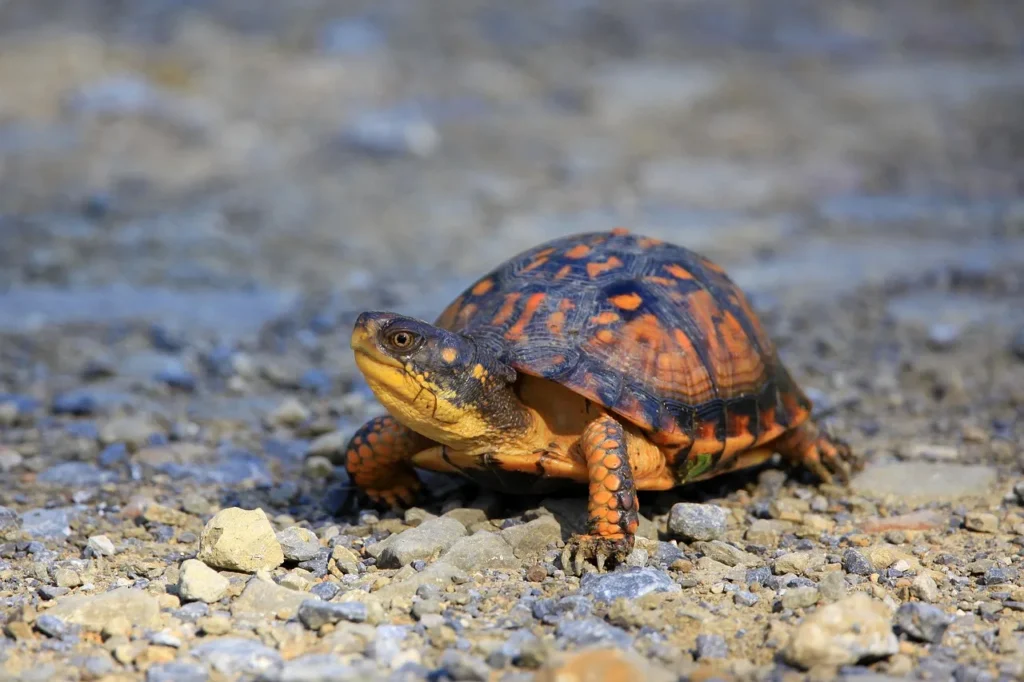
5. Leopard Geckos – The Best Reptile for a Classroom
Leopard geckos are easy classroom pets that require a simple tank setup and occasional feeding. They are quiet, non-aggressive, and make a great class pet for reptile lovers.
Price of a Leopard Gecko and Care Costs
- Gecko Price: $30-$100
- Terrarium Setup: $50-$150
- Food and Maintenance: $10-$20 per month
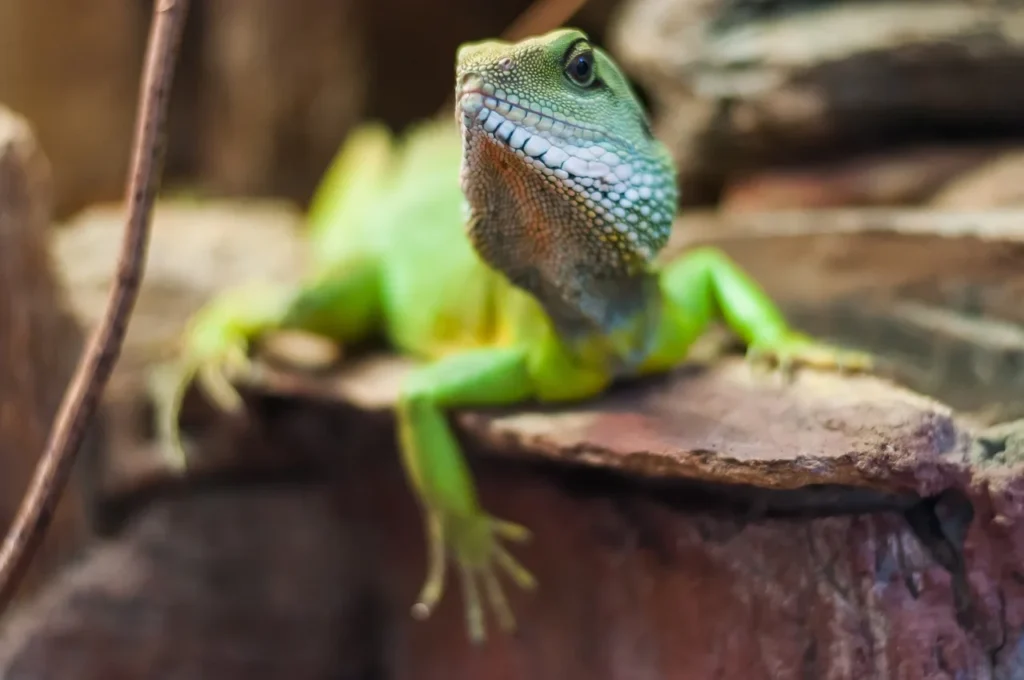
Reptiles such as geckos, turtles, or small snakes can be great classroom pets, especially for students interested in biology or science. These animals don’t require a lot of space and can be fascinating to observe. Turtles and geckos, for example, have simple care needs and can thrive in well-maintained terrariums. Snakes, while a bit more exotic, can also be a great learning experience, teaching students about ecosystems, food chains, and animal behavior.
Why they’re great:
- Unique and fascinating to students
- Teach students about reptilian biology and ecosystems
- Low maintenance, especially when kept in proper enclosures
- Can be a great conversation starter
6. Rabbits – A Lovable and Interactive Class Pet
Rabbits are affectionate, fun, and social, making them one of the best class pets for schools with responsible students. They need a secure space and daily care but provide endless entertainment and love.
Price of a Rabbit and Care Costs
- Rabbit Price: $20-$100
- Cage and Setup: $50-$200
- Food and Bedding: $40-$60 per month
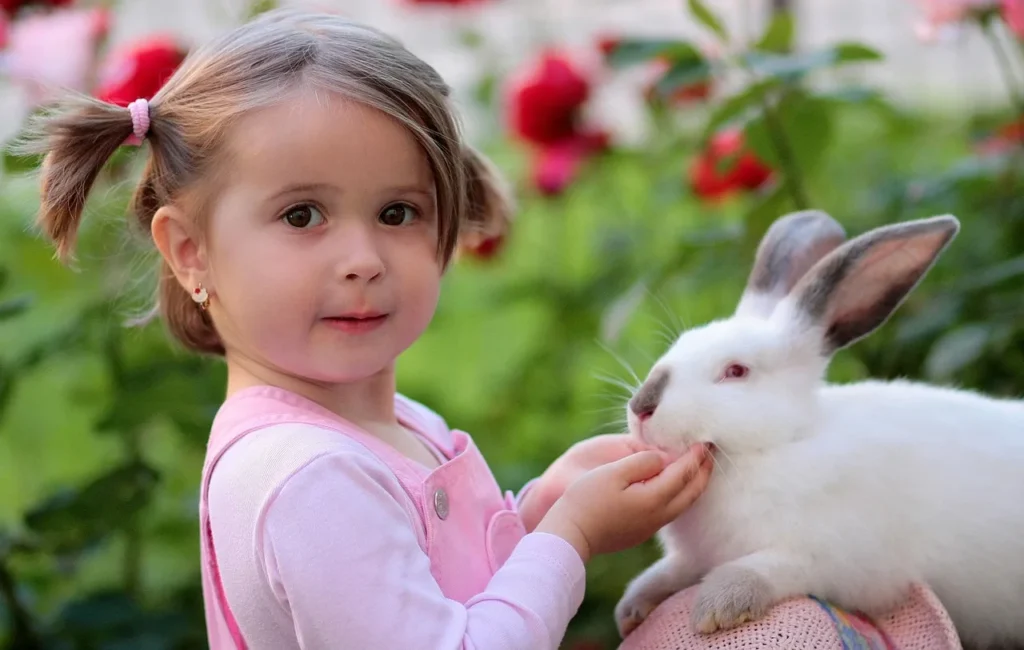
Rabbits are another excellent pet for classrooms due to their docile nature and curiosity. They enjoy interacting with people and can even be trained to perform simple tricks. However, rabbits do require a bit more space and attention compared to smaller pets, so a classroom should have a designated area where the rabbit can roam freely when supervised.
Why they’re great:
- Friendly and social
- Can be trained for simple tasks (e.g., jumping through hoops)
- Good for teaching students about animal care and behavior
- Teach responsibility through grooming and exercise
7. Hermit Crabs – An Interesting and Unique Classroom Pet
Hermit crabs are one of the easiest classroom pets to care for. They are fun to watch as they switch shells and move around. With proper humidity and food, they thrive in a classroom setting.
Price of a Hermit Crab and Care Costs
- Hermit Crab Price: $5-$15
- Habitat Setup: $20-$50
- Food and Care: $10 per month
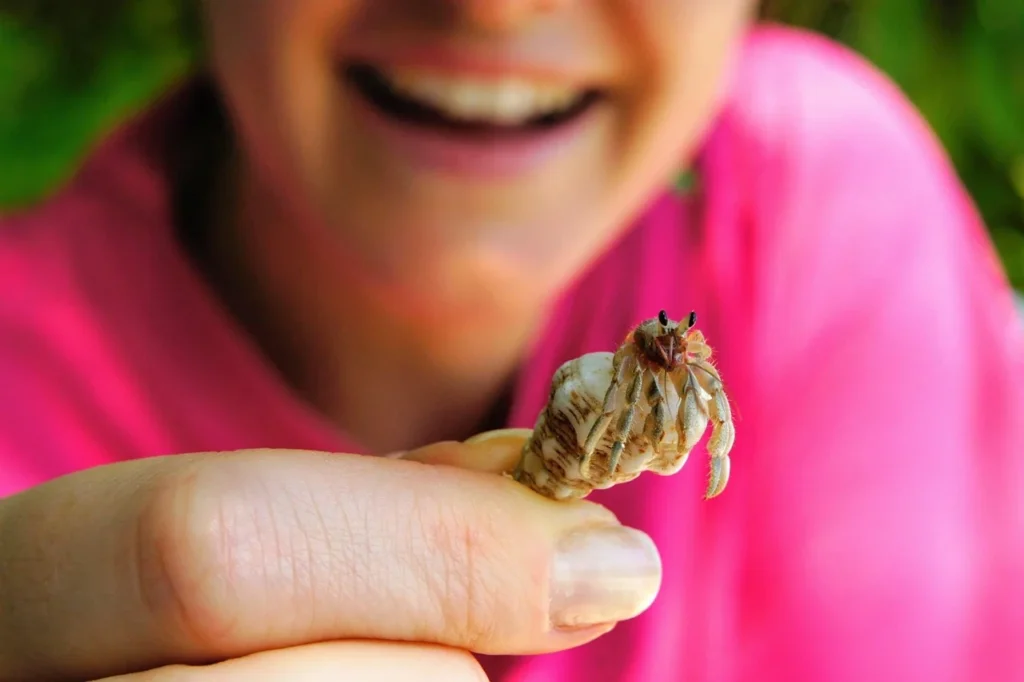
8. Frogs – An Educational and Engaging Pet
Frogs, especially aquatic ones, are good class pets for teaching students about amphibians and ecosystems. They need a balanced habitat but are otherwise easy to maintain.
Price of a Frog and Care Costs
- Frog Price: $10-$50
- Habitat Setup: $50-$100
- Food and Maintenance: $10-$20 per month
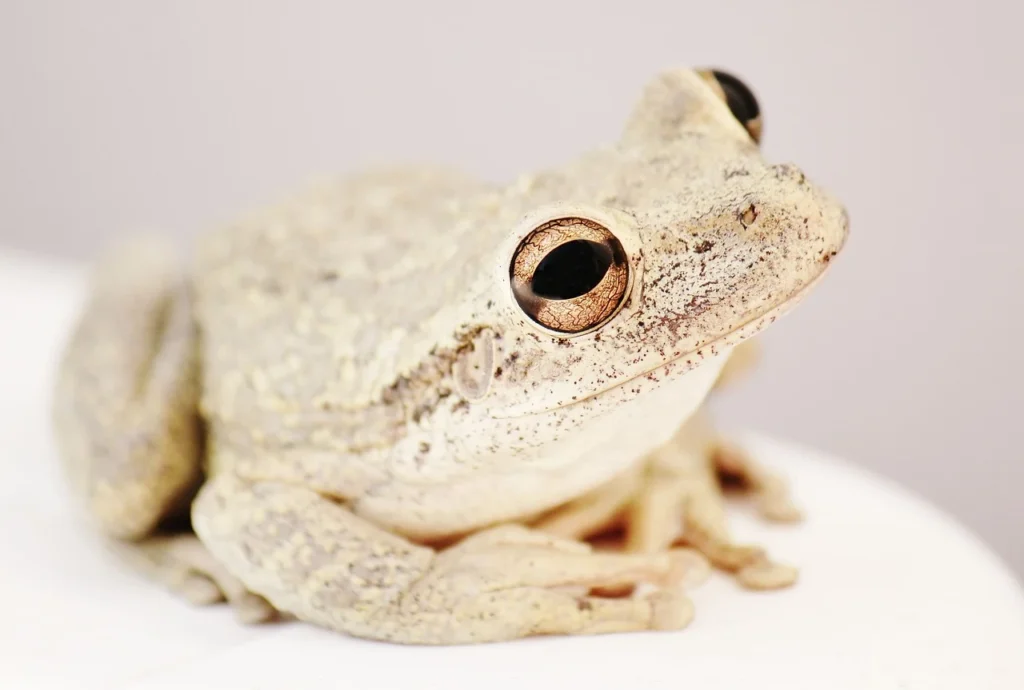
9. Mice – Small, Smart, and Entertaining
Mice are intelligent and playful, making them good classroom pets for interactive learning. They require a cage, bedding, and regular feeding but are fun to observe.
Price of a Mouse and Care Costs
- Mouse Price: $5-$15
- Cage and Accessories: $30-$100
- Food and Bedding: $10-$20 per month
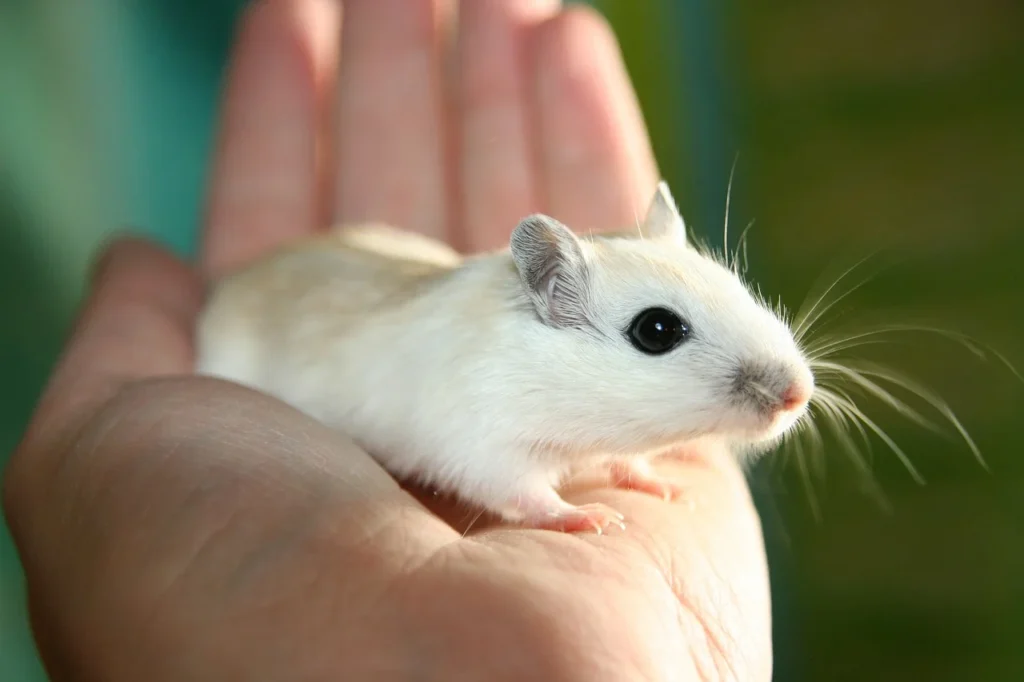
10. Stick Insects – A Fascinating and Low-Maintenance Option
Stick insects are the best low maintenance classroom pet for teachers looking for something different. They require minimal care, making them a great easy class pet option.
Price of a Stick Insect and Care Costs
- Stick Insect Price: $10-$20
- Habitat Setup: $20-$50
- Minimal Feeding Costs: $5-$10 per month
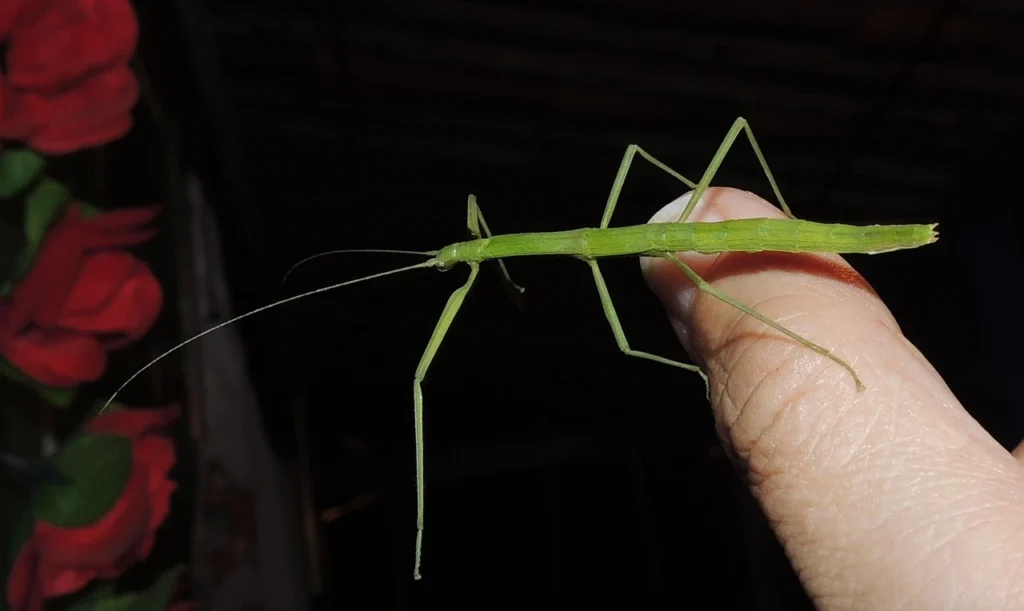
For classrooms looking for a more unique or less conventional pet, stick insects, ants, or other small invertebrates are an interesting choice. These animals can teach students about different kinds of animals and ecosystems. Insects like stick bugs are fascinating to observe, and they require very little care, making them an easy addition to any classroom.
Why they’re great:
- Low maintenance
- Provide a unique learning opportunity
- Teach students about invertebrates and their roles in ecosystems
- Fascinating to observe in their natural behaviors
What is the Best Animal to Have as a Class Pet?
The best classroom pets depend on the students’ age, available space, and the teacher’s ability to care for them. If you want low maintenance classroom pets, fish, turtles, and hermit crabs are great choices. For more interactive options, guinea pigs and rabbits make wonderful companions.
What is the Easiest Pet to Have in a Classroom?
The easiest classroom pets include betta fish, hermit crabs, and stick insects. They require minimal care, making them ideal for busy teachers.
What is the Best Pet for School?
When choosing the class pet, consider factors like student allergies, noise levels, and daily maintenance. The best pets offer educational value, are easy to care for, and bring joy to the classroom.
Conclusion
Whether you’re selecting a pet from PetSmart Pets in the Classroom program or searching for good classroom pets, these ten options provide a mix of fun, learning, and responsibility. From small creatures like mice and stick insects to interactive animals like rabbits and guinea pigs, the right pet can make your classroom a more engaging and welcoming place. So, what animal is best for a class pet? It all depends on your classroom environment and the level of care you can provide!
For those inspired by books like Biscuit Meets the Class Pet, bringing a pet into the classroom can be a rewarding experience that fosters student engagement and responsibility.
